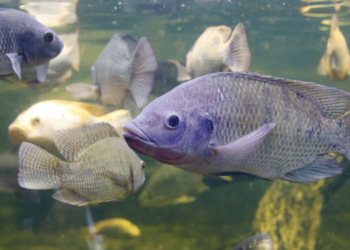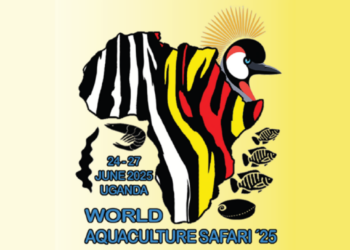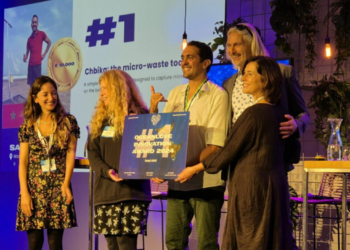Aquaculture. In bees the potential to fight pathogens – The pressing challenge posed by antibiotic resistance in aquaculture has catalysed the search for new antimicrobial alternatives. In this scenario, an unusual habitat has emerged as a source of potential antimicrobial agents: the gut of adult bees Apis mellifera. A group of Egyptian scholars focused on this unexplored resource in search of solutions.
A recent study published in BMC Microbiology revealed that researchers from the National Institute of Oceanography and Fisheries (NIOF) and the Department of Botany and Microbiology at Alexandria University isolated and purified twelve strains of lactic acid bacteria (LAB) found in the gut of adult bees. The main objective was to evaluate the production of exopolysaccharides (EPS), molecules with potential antimicrobial properties. Among the strains isolated, one in particular, called BE11, showed considerable potential. Through extensive analysis at both the biochemical and molecular level, strain BE11 was identified as belonging to the genus Enterococcus.
A breakthrough on a microscopic scale: production of EPS
BE11 stood out not only for its identification, but also for its ability to produce significant quantities of EPS. These exopolysaccharides are known for their extraordinary physicochemical characteristics.
The analysis revealed that BE11-EPS contains an astonishing 87% carbohydrates, while further investigations identified the presence of galactose and glucose residues in its structure. The heterogeneous combination of monosaccharides gives these molecules their distinctive character.
However, the real strength lies in the antimicrobial action of BE11. Both the cell-free supernatant (CFS) of BE11 and its EPS showed extremely promising activity. Furthermore, the research team tested both against well-known aquaculture pathogens, including Pseudomonas fluorescens, Streptococcus agalactiae, Aeromonas hydrophila, Vibrio sp. and Staphylococcus epidermidis. The results, expressed in terms of the diameter of the inhibition zones, showed a remarkable range of 1.3 to 1.7 cm for CFS and 1.2 to 1.8 cm for EPS.
A new frontier in the fight against pathogens in fish
The results of this study reveal a revolutionary potential in the challenge against pathogens in aquaculture. The BE11 strain, hosted in the gut of bees, represents a real hope for combating pathogens that threaten the health of fish and the productivity of the entire aquaculture sector.
This innovative approach not only characterises and chemically profiles an EPS produced by the gut microbiota of bees, but also suggests its possible efficacy as an inhibitory agent against pathogens in the aquatic environment. The bee enigma seems to hold the key to a healthier future in aquaculture.
Aquaculture. In bees the potential to fight pathogens









